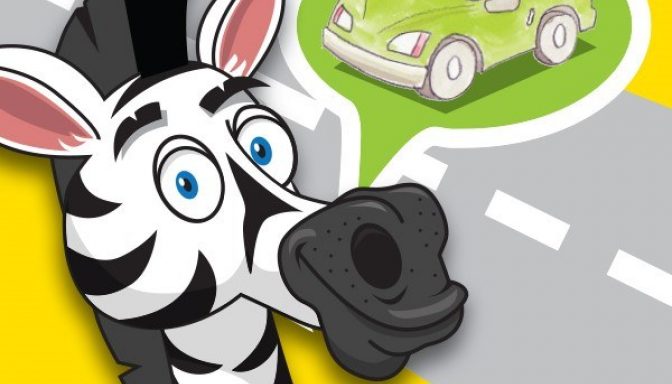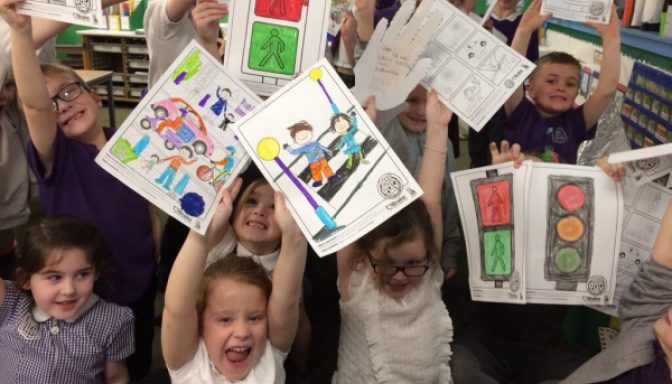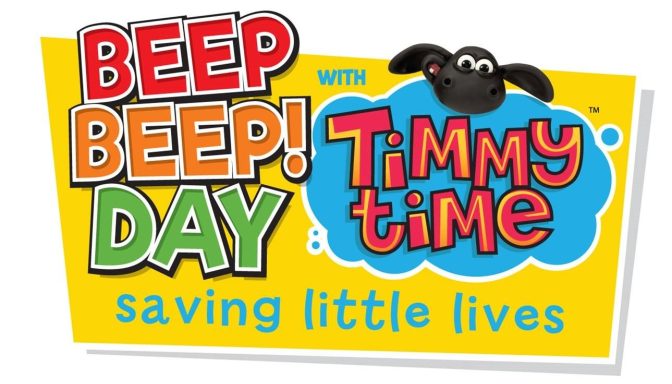At this stage, children learn best through activating their five senses and ‘doing’ – for example, through high-energy games, songs, colourful images, characters, stories, movement and role play.
Activities should help development of children’s motor and creative skills, language skills, their understanding of the world around them, and their physical, personal, social and emotional development.
The use of physical objects and routines is important, as is pointing out new things and encouraging children to ask questions.
Children are very egocentric and learning is very much focused around play including their own interests, likes, dislikes, immediate family, home and school.
Technology is most effective in supporting learning when it is used in conjunction with other active learning strategies, such as discussions and projects. Children in early years respond well to technologies such as interactive whiteboards and the use of digitally based songs and
activities using cartoons and characters.
Key road safety messages to teach at this age:
- Always hold hands with a grown-up when walking near roads
- Always cross roads at safe places and hold a grown-up's hand
- Always sit in a child seat when travelling by car
Cross-curricular links to EYFS learning goals
Teaching road safety to children provides plenty of opportunities to meet Early Learning GoalsToy car olympics
Arrange children in a line across one end of a room or in the playground. Give each child a toy car.
Children take turns to send their car across the room.
Talk about how the cars have travelled. Which was fastest? Which went furthest before stopped? Which car is nearest?
Learn about wheels
Make wheels out of modelling dough, and roll them around. Pick up a toy car and spin its wheels.
Wheels mean that traffic goes fast and can’t stop easily. It goes much faster than people who are walking. Traffic is dangerous.
Let’s look at a car!
Only do this activity if you can park a car somewhere away from traffic where the children can approach it safely. The car should be parked on a flat surface with the handbrake firmly on and engine off.
Talk about the importance of standing well away from cars, even when they look like they aren’t moving.
Take each child up to the side of the car in turn, holding their hand.
Ask children to poke their tummy and then poke the car. Which is soft, which is hard?
Explain that cars are hard and heavy can hurt you if they hit you. You are soft and easily hurt. Look at a wheel. Look at how big and hard it is. It goes round very fast.
Teach them that cars and other vehicles aren’t toys. They’re dangerous. Teach them to stay away from traffic unless holding a grown-up's hand.
Teach them to always hold hands with a grown-up when walking near roads.
Make a giant map of roads, paths and pavements out of coloured paper stuck together. Include features that you have in your local area, like crossings or a park.
Ask children to help you cut out pictures of vehicles, people, dogs and buggies out of magazines.
Stick the pictures in the right place on your giant road. Vehicles on the road, people on the pavement and in the park.
Talking to children using key road safety words related to what’s in the picture.
Can you see a [car, bus, lorry, road, crossing]?
How many people are [walking, cycling, driving]?
What colour is the [car, traffic light]?
Stick your giant road on the wall as part of a road safety display. Make sure your display is somewhere parents will see it.
This activity could be delivered on an interactive whiteboard if you have one, or using a tablet or computer for a small group, using basic image editing software such as Paint to create the map, and Powerpoint to add the interactivity.
What can you hear? What can you see? What can you sing?
Record some road sounds using your phone, or find them online. Try to find a car, fire engine or ambulance, motorbike, bicycle bell, pedestrian crossing beeping.
Play the sounds to the children, and show them a set of matching pictures.
Ask the children to sit it in a circle and guess the sounds when you play them, and match them to the pictures.
Ask them to say what sound each thing makes. For example: The blue car goes brum brum! The big red fire engine goes nee nah nee nah!



